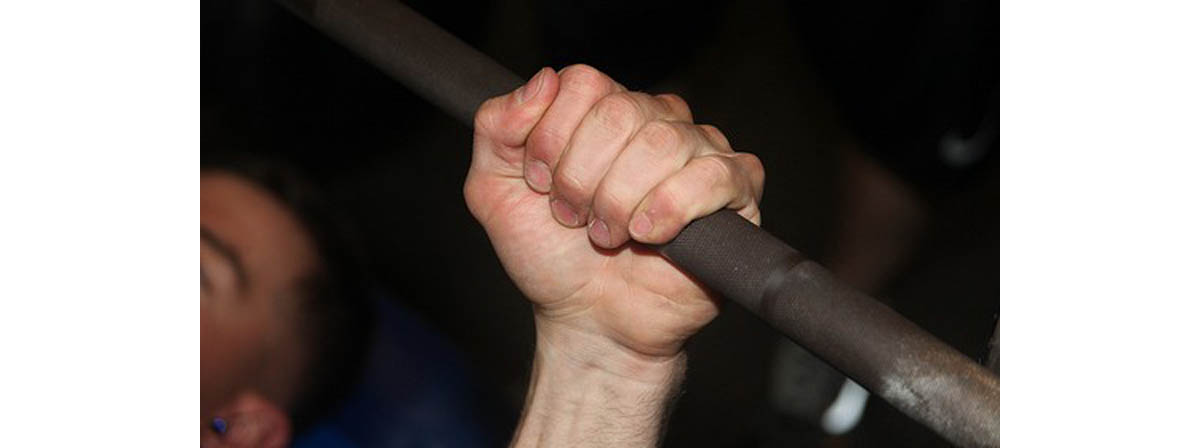Table of Contents
The easiest way to build static holds into your training is to put them in at the end of an exercise. Let’s say you’re doing overhead presses.

Do one or two one-minute sets (if you can, and after a whole, you'll be able to for sure!).
The effect of this add-on to your regimen is to take the big prime mover muscles out of the exercise – they’re often not really challenged by static holds, since the load is in such a mechanically advantageous position (more on that later!). However the support musculature has to work harder because it is enduring more time under tension, resulting in toughened, injury-proof rotator cuffs, serratus and intercostal muscles and improved tonus and strength in the often-neglected scapular muscles – and both scapular retractors and elevators get some work in an overhead static hold.
Transferring this to the bench press, for instance, will give similar benefits
There’s one benefit to this choice that I haven’t discussed yet – when you hold a position for a long time, your body learns that this position is normal. When you hold a position under a load or some kind of stress, the body learns it that much more quickly, once it finally accepts the necessity and stops trying to cheat by using movements it already knows. As a result of these two facts, static holds might be some of the best technique practice you can do: you’re strengthening the support musculature and learning the position properly at the same time, while simultaneously allowing the muscles to ‘relax’ (tip: don’t actually relax unless you do want to imitate Mathias Steiner!) into the correct shape for the lift.
Your Golgi tendon organs will learn the new ‘right length’ for the muscles they control, and the tendons themselves will be strengthened. That should smooth your progress when you come back to the lift – and creating a situation where the top of the lift feels like a natural, comfortable place to be will do wonders for your confidence! And your athletic performance!
The other method of using static holds for injury prevention consists of using these techniques in mechanically disadvantageous positions, to target specific muscles or to obtain the effect of a ‘loaded stretch.’
An example of this would be to hold the top position of a lateral raise for time: it’s the weakest position your arm can be in, at right angles to your body with the load a long way from your centreline, and a lot of leverage is working against you, which is why you can’t lateral raise anything like what you can press. That leverage is the reason the lift triggers such hypertrophy in the deltoids, but you can use lifts like this or the standing barbell extension – pushing the bar out in front of you at chest height and holding it there – to strengthen your support muscles by challenging them at angles that your big lifts won’t hit them at, all the while allowing the prime movers to get some rest.
Have you tried using static holds in your regular workout regimen and found it worked? Or found it didn't? Whether you have a query or a tale to tell, drop me a line in the comments section.
- Photo courtesy of Francois de Halleux by Flickr : www.flickr.com/photos/fanz/3624311607/
- Photo courtesy of CherryPoint by Flickr : www.flickr.com/photos/mcas_cherry_point/8570733043/


Your thoughts on this